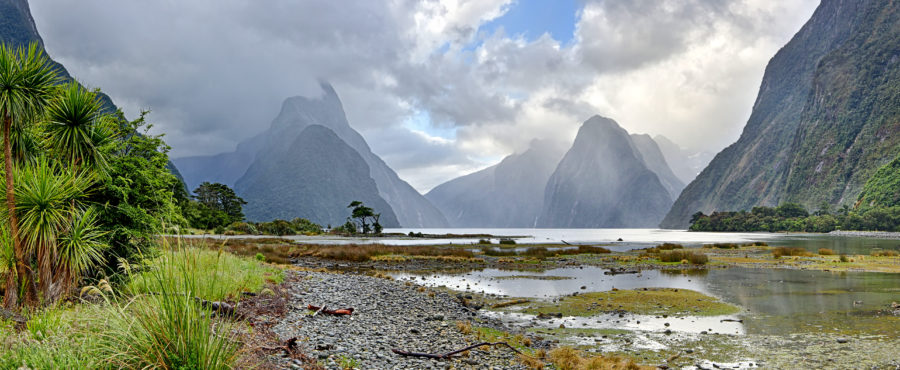
New Zealand is regularly mentioned as a country with exceptionally clean air. WHO report refers to this state as the world’s cleanest countryI)http://www.who.int/phe/health_topics/outdoorair/databases/en/.
New Zealand has now the lowest level of PM2.5 dust concentration in the world. Among the cleanest states one may mention Salomon Islands, Kiribati and Brunei. Slightly lower positions are occupied by Sweden, Fiji, Australia, Canada, Finland and Estonia.
Clean New Zealand
The people of New Zealand enjoy clean air for a reason. The deteriorating composition of air results mainly from independent and time-based factors, not systemic ones, such as local industry.
According to the data of the Environment Industry of New ZealandII)http://www.mfe.govt.nz/node/21225, one of the most important factors affecting the country’s air quality is burning wood in fireplaces and household heating stoves at home. This is responsible for 58 per cent of annual air pollution. The problem is particularly noticeable in the winter, in the country’s south, where the climate is the harshest and the vicinity of the South Pole is more discernible.
Between 2001 and 2013 emissions of the major air pollutants dropped by 25 to 52 per cent, depending on the region, mainly as a result of better quality of fuel and stricter standards for emitting air pollutants.
However, New Zealand’s experiences may hardly be transferred to other areas. This country lies on islands, far from other states, whose pollution is simply blown off by strong winds over the ocean. Such good air quality also results from the country’s relatively low population density. For comparison, an area only slightly smaller than Poland’s is inhabited by only 4.6 million people, eight times less than in our country.
Challenges
The fact that New Zealand has now the best air in the world does not mean that it does not need to face any climate challenges. The example of this country very well demonstrates the global nature of climate change affecting everyone, regardless of the geographic position. New Zealand is responsible for the emission of 0.1 per cent of all world’s pollution, but since 1972 carbon dioxide concentration over its territory has increased by 21 per cent.
Changes in the atmosphere over the islands also pose threats other than harm to respiratory system. Because of its geographic position New Zealand is exposed to the effects of the ozone hole over the South Pole. This means high exposure to ultraviolet radiation and consequently, a raised risk of skin cancer.
| I. | ↑ | http://www.who.int/phe/health_topics/outdoorair/databases/en/ |
| II. | ↑ | http://www.mfe.govt.nz/node/21225 |




